In the modern world, much attention is paid by politicians, cultural figures, ordinary citizens to issues related to human rights and freedoms. The corresponding social categories are recorded in a large number of sources - both international and national. In Russia, the provisions governing the protection of rights and human freedoms contained in the main law - the Constitution. What is meant by appropriate preferences in the scientific and expert community? What are the types of human rights and freedoms?
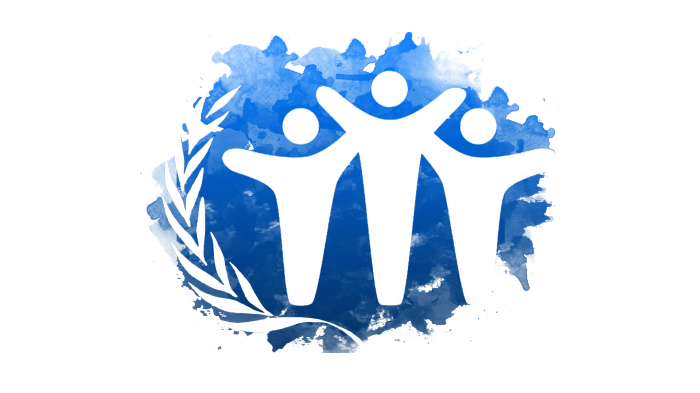
Classification of Rights and Freedoms
There are many approaches to what should be types of rights person. What concepts are popular in the Russian scientific and expert community? For example, a classification is widespread, implying their division into those that characterize a person as a resident of the planet, as well as those that are established for a citizen as a subject of a political society. What does it mean?
Human rights are expressed collectively the same for people, no matter in what state they are. They are common to all citizens of the world. Their interpretation, as a rule, is universal and generally accepted. In turn, human and citizen rights imply a private set characteristic of a particular state. Their presence in one country does not imply duplication in another. Although, it can be noted that human and citizen rights are also gradually becoming universal. For example, if we compare developed countries, then their totality is the same in each of them.
The ratio of rights and freedoms
Consider the aspect of the relationship of human rights and freedoms. As a rule, they are used in a single context. This gives rise to some researchers to identify them. At the same time, many scientists consider them to be separate social categories. Thus, the concept of human rights can be considered narrower in comparison with freedoms, which may imply appropriate preferences in any particular area taken, for example, political.

Individual and public rights
Another basis for the classification of the term in question is attribution to the type of individual or public. The former are established in relation to the personality of a particular citizen - for example, those related to obtaining education or entrepreneurial activities, the latter - mainly to society. For example, constitutional human rights and freedoms, as enshrined in the basic law of the Russian Federation, suggest that people can gather, organize marches, and organize strikes. All these activities are related to public rights.
Basic and additional rights
Another basis for the classification of the term in question is attribution to the type of main or additional. It is assumed that through the second, the first are realized. For example, the right of residents to participate in governing a country established in the Constitution of the Russian Federation can be realized through activities during elections - in the aspect of passive or active participation in them.
General and special rights
Another common reason by which the types of human rights and freedoms can be classified is their classification as general and private. The former can be established for society as a whole, the latter for specific groups of citizens, for example, students. Similarly, general rights can be fixed, for example, for civil servants, and special ones for employees of the Government apparatus of the Russian Federation.
Absolute and restrictive rights
Modern scholars distinguish rights and freedoms that belong to the category of absolute, as well as those that are subject to reasonable restriction. The first include the right to life, dignity, housing, defense in court. To the second - freedom of speech, movement, secret correspondence. Restrictions on relevant human rights may be due to the fact that individual citizens can use the corresponding preferences for personal purposes and cause some harm to others.
International sources of rights and freedoms
In the process of international activities with the participation of various countries of the world, a number of sources have been developed that record a list of key human and civil rights and freedoms.
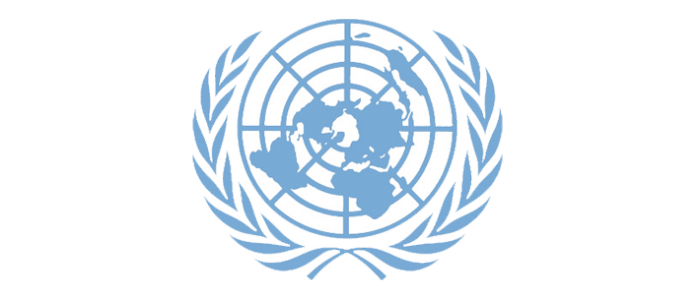
Among them are the UN Charter, the Universal Declaration of Human Rights, the International Covenant on Civil and Political Rights, the Charter of the Council of Europe. The International Covenant on Economic, Social and Cultural Rights is also a relevant type of source. The most important document is the European Convention on Human Rights. Russia adheres to the provisions contained in the indicated sources in building domestic and foreign policies and in the formation of an appropriate legislative base.
Personal, political and economic rights
We will study other popular approaches to how certain types of human rights should be determined. The concept is fairly widespread, according to which they should be classified into personal, political and economic. We study their essence in more detail.
Personal rights and freedoms form the basis of a person’s civil and legal status, provide legal protection of his private life from the interference of authorities and other persons. Fundamental human rights and freedoms, classified as personal, can be described as independent of a particular state. They are classified as universal.
Political Rights and freedoms involve ensuring the participation of a person — individual or public — in state-building. First of all, through participation in the formation of public authorities. These types of human rights, in turn, are not always guaranteed by states. It happens that the political system of a country is too authoritarian to allow citizens to use a wide range of relevant preferences.

Economic rights require a person to have the opportunity to fulfill his needs. These may be the right to engage in entrepreneurial activity, to retirement benefits.
Human rights in the Constitution of the Russian Federation
Let us examine in more detail how these or those types of human rights are reflected in the Constitution of Russia. The fundamental law of our country distinguishes, first of all, personal rights and freedoms. Note that the provisions of the Constitution may be supplemented by other sources of law, for example, federal laws.
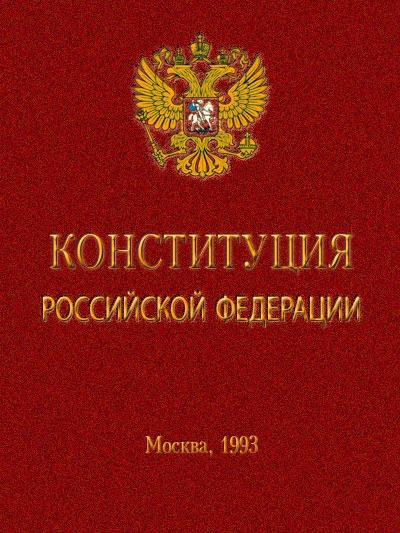
The following constitutional rights of citizens of the Russian Federation can be classified as personal: to life, the dignity of the individual, freedom and inviolability, housing, national self-determination, the use of one's native language, freedom of movement, conscience, religion, thought, word.
The Constitution of the Russian Federation also includes provisions guaranteeing fundamental human rights and freedoms, which are classified as political. Among these are the rights: to unite, gather, participate in government, petition, freedom of the media.
In turn, economic rights are also fixed in the Constitution of the Russian Federation. There are a lot of them. These include the right to freedom of enterprise, private property, labor, protection of the family, social security, housing, health care, the environment, education, creativity, participation in cultural life.
The concept of human rights in Russia is thus enshrined at the highest legislative level.In this sense, the legal system of the Russian Federation is estimated by many experts as meeting the basic humanitarian standards defined at the international level. So, in the provisions of the Constitution of Russia and the laws supplementing it, one can find formulations close to those that include the Universal Declaration of Human Rights noted above. Similarly, the laws of many other countries are in accordance with the provisions of this international source.
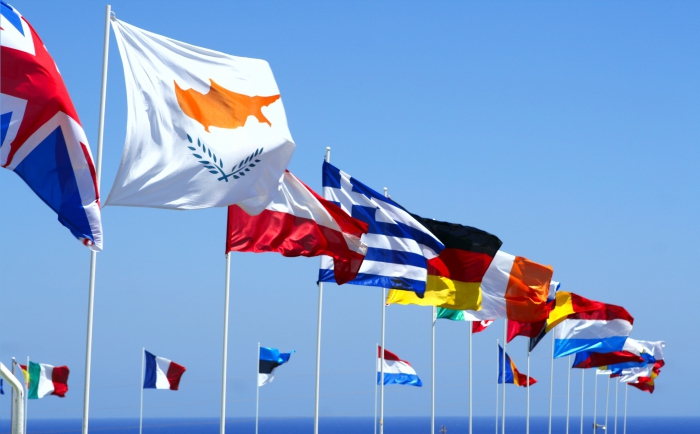
The integration of the Russian Federation and European states implies a significant approximation of the national laws of partner states, including in terms of the provisions governing the humanitarian field under consideration. So, the European Convention on Human Rights was ratified by Russia in 1998. Consider the basic facts about this document, as well as its structure in more detail.
Convention for the Protection of Human Rights
The source in question was formed in 1950 and entered into force on September 3, 1953. It is considered one of the key documents used in the activities of the Council of Europe. This Convention fixes the key human rights and freedoms, and also obliges the countries that have ratified the document to guarantee them in relation to their citizens.
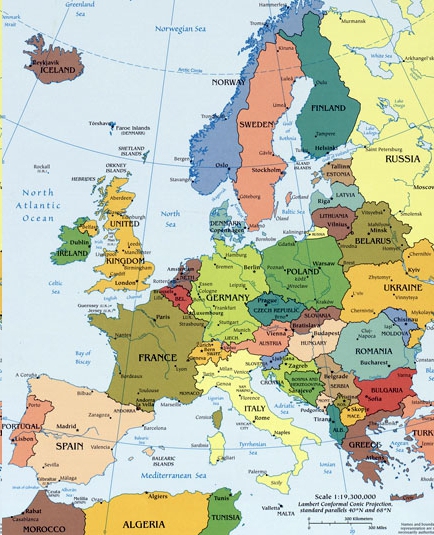
The key difference between the Convention and many other international agreements in the field of human rights is that it involves real protection of the individual through a special body - the European Court of Human Rights, which examines complaints of violations of the provisions of the Convention. Citizens of European states that have ratified the document in question can directly contact the ECHR if they believe that their rights have been violated.
The convention consists of 14 articles and several protocols. It can be noted that the spectrum of articles reflects the rights to life, freedom and inviolability, justice in lawsuits, respect for private life, marriage, legal protection. The Convention contains freedoms of thought, conscience, religion, expression, assembly. The document also adopted provisions on prohibitions on slavery, torture, forced labor, and discrimination.
